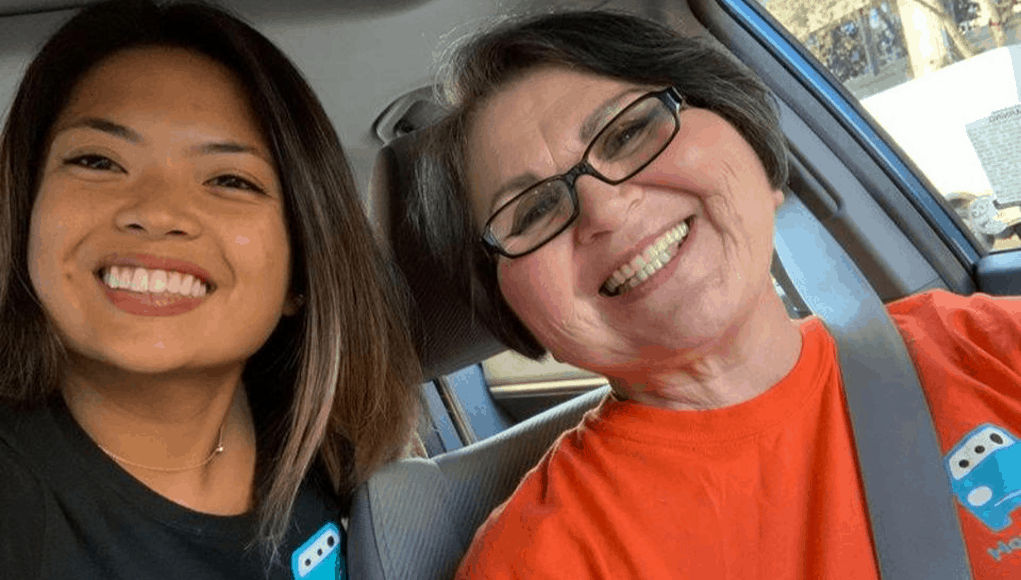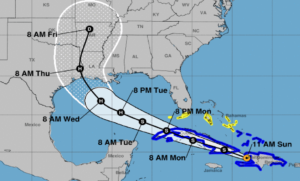HopSkipDrive: Safe Ride Share for Kids

What if kids could use ride share services to travel to their internship or get home after soccer practice?
While a few parents skirt the rules, riders must be 18 years old to have an account with popular ride-hailing apps such as Uber and Lyft in order to request rides. Any riders under 18 are supposed to be accompanied by someone 18 or older.
A Los Angeles startup has solved this problem with a safe transportation solution for families and schools.
Launched in 2014 by CEO Joanna McFarland and co-founders Carolyn Yashari Becher and Janelle McGlothlin, Hop Skip Drive (@HopSkipDrive) is a ride share company that serves children.
Gaining parent trust was an obvious hurdle. HopSkipDrive prioritizes safety by certifying its drivers, verifying riders, tracking every trip, and carrying out detailed pick up and drop off instructions.
Transport Problems to Solve
In many communities, families have access to more public school options, but these may not offer transportation.
The transportation needs of an expanding array of school and community-sponsored afterschool and weekend activities are also challenging for public agencies to support.
A growing number of schools are trying to use local assets (often called place-based education) to enrich learning and connect young people to their community. Sometimes a big yellow bus is perfect for a class field trip, but when individual students or teams carry out investigations, it poses a significant transportation challenge.
There is growing interest in the benefits of work-based learning, including short term job shadows and client connected projects to longer term internships.
More high school students are seeking college credit opportunities. This often involves regular trips to a local college campus.
Career centers offer young people pathways to employment that often include industry recognized credentials. Accessing these opportunities sometimes involves a daily trip from a home high school to the career center.
Many schools and communities are doing more to serve children with complex needs, such as special education students, medically fragile children, and foster youth. Schools and cities struggle to match youth with programs and transport them.
About 60 high schools in Kansas City are increasing access to real-world learning, including place-based, work-based, college-based, and credentialing experiences. All of these pose significant transportation challenges that may outstrip even creative partnerships between school districts and regional transit authorities.
Compounding the challenge, most school districts are struggling to find bus drivers because of low unemployment rates and competition for licensed drivers from delivery services and retailers that are scaling up home delivery.
Emerging Pupil Transportation Opportunities
HopSkipDrive was designed to meet these sporadic and recurring transportation needs for individual or small groups of students. By combining proven ride share technology with increased security measures demanded by parents and schools, HopSkipDrive is working to create, as their team calls it, “a world of opportunity.”
“HopSkipDrive is on a mission to increase mobility, access, and educational stability for all kids, said Miriam Ravkin, senior vice president of marketing. “Our mission took flight in 2017 when we signed on to provide school-of-origin transportation via the Foster Youth School Stability Pilot program,” with Los Angeles County agencies.
When foster kids bounce from school to school, they are more likely to be absent, fall behind, and drop out, and less likely to make a smooth transition into independent adulthood. An August evaluation of the program showed that using ride share to keep foster kids in a local school led to better outcomes.
Qiana Patterson (@Q_i_a_n_a), vice president of strategic development, explained how a school could make selective use of ride share to eliminate long bus rides for lots of kids. “Some circuitous rides keep kids on a bus for more than an hour; by offloading one or two children to ride share, it can result in a shorter ride for many students.”
HopSkipDrive has transported 650,000 children over 5 million miles. The company, which has raised raise $21.5 million in venture funding, serves eight regions including the Bay Area, southern California, Denver, Washington D.C., Houston, Dallas, Phoenix and Seattle.
A few years ago, I predicted that by 2025, there would be swarms of self-driving vehicles transporting students to various learning sites. That was probably optimistic, but there will be lots of autonomous vehicles on closed course loops on college campuses and there will be millions of children accessing learning opportunities via ride share apps like HopSkipDrive.
If you’re a school board member or state policymaker, it’s time to review your transportation regulations to allow schools to access emerging solutions like ride share.
If you’re an education or civic leader, it’s time to update your transportation plans. In fact, it’s time to #RethinkHighSchool given new learning and transportation options. Solutions like HopSkipDrive bring the idea of city as classroom to life.
For more see
- Why Schools Need Signature Learning Experiences
- Place-Based Education Anchors Learning in the Community
- A Student’s Perspective on Urban Place-Based Ed
Stay in-the-know with innovations in learning by signing up for the weekly Smart Update.
This post was originally published on Forbes.






0 Comments
Leave a Comment
Your email address will not be published. All fields are required.